The Windsor Framework: Key Changes to the Northern Ireland Protocol After Brexit

🎧 Prefer to Listen?
Get the audio version of this article and stay informed without reading - perfect for multitasking or learning on the go.
The United Kingdom's (UK) departure from the European Union (EU), known as Brexit, was one of the most significant events in the EU's recent history, presenting a complex array of challenges, particularly concerning the status of Northern Ireland. Northern Ireland needed to maintain an open border with the Republic of Ireland, an EU member, while preserving the integrity of the UK's internal market.
The solution, which will prove to be insufficient, was found in signing the Protocol on Ireland/Northern Ireland, commonly referred to as the Northern Ireland Protocol. The issues that the Northern Ireland Protocol did not resolve led to the signing of another agreement between the UK and the EU, the Windsor Framework.
The Northern Ireland Protocol: A EU-UK Withdrawal Agreement
The Northern Ireland Protocol (the Protocol) was a key component of the Withdrawal Agreement, which was concluded between the European Union and the United Kingdom and came into force on 1 January 2021. The Protocol was designed to prevent a hard border between Northern Ireland and the Republic of Ireland, protect the so-called all-island economy, uphold the Good Friday (Belfast) Agreement, and the integrity of the EU single market.
Under the Protocol, Northern Ireland is legally part of the UK's customs territory, but remains aligned with specific EU single market rules, particularly those related to the movement of goods. In practice, this means that there are no customs declarations, tariffs, quantitative restrictions, checks, or controls on the island of Ireland regarding the trade of goods between Ireland, Northern Ireland, and the EU.
Additionally, the EU Customs Code continued to apply to all goods entering Northern Ireland from the UK or other non-EU countries. Moreover, Northern Ireland remained subject to EU VAT and excise rules for goods.
However, although the Protocol was agreed upon in respect of the unique situation of Ireland and Northern Ireland, thus ensuring the political and economic order and excluding the possibility of reintroducing a hard border between the two countries, it led to discrepancies in tax treatment compared to the rest of the UK.
Challenges Under the Protocol
Although there is no land border on the island of Ireland, and Northern Ireland has access to the EU single market for goods, due to the EU's strict policy on producing goods, such as agricultural and food products, or manufactured goods, check and controls of certain goods entering Northern Ireland from the rest of the UK are required.
Therefore, if rules and regulations in the rest of the UK change regarding certain goods, Northern Ireland has to align with the EU-wide rules. Moreover, a sea border was established, where goods entering Northern Ireland from the rest of the UK are checked and controlled, if there is a risk that they will enter the EU market through the Irish border.
The establishment of these control points and mechanisms means more paperwork for businesses, as well as the application of EU customs duties and tariffs on goods entering Northern Ireland from the rest of the UK, unless it is clear that these goods are not at risk of crossing the Irish border and thereby entering the EU.
However, while only around 16% of goods that move into Northern Ireland from the rest of the UK are determined to be at risk of entering the EU’s market, the Protocol subjects them all to the whole control process. Furthermore, certain agricultural products, such as potato seed, which have been used in Northern Ireland for generations, are no longer available to local growers.
Additional administrative work, combined with control measures, led to hundreds of UK retailers ceasing to supply Northern Ireland consumers. In essence, the negative impact of established rules was felt by all parts of the supply chain, from small businesses to large retailers, and did not work for the internal UK movement of goods.
Therefore, a change was needed to address the issues and establish a more functioning system that would remove burdens on the UK internal market while avoiding the establishment of a border on the island of Ireland.
The Windsor Framework: A New System for Going Forward
In March 2023, the UK-EU Joint Committee formally adopted the Windsor Framework, whose central feature is the introduction of green and red lines for goods. While some parts of the Framework came into effect in 2023, such as the Northern Ireland Retail Movement Scheme, the most impactful parts will take effect on May 1, 2025.
Goods destined solely for Northern Ireland, with no risk of crossing the border into the EU, should use the green line. This means minimal checks and a simplified procedure for those goods. The green line will be available to trusted traders, who are entities registered with the UK authorities and meet all essential conditions. Consequently, goods at risk of entering the EU single market through an open border between Ireland and Northern Ireland use the red lane, and are subject to complete EU customs control.
Additionally, the Framework grants the UK government the right to set VAT rates in Northern Ireland below EU minimum rates for immovable goods supplied and installed in property, such as heat pumps or wind turbines. Furthermore, the UK can impose excise on all alcoholic beverages according to their alcoholic strength and set reduced duty rates for alcoholic beverages intended for immediate consumption in venues in Northern Ireland, provided these rates are not lower than the EU minimum duty rates.
Finally, to address concerns about the application of EU laws without local input, the Windsor Framework introduces a mechanism called Stormont Brake, which enables the Northern Ireland Assembly to object to new EU goods regulations that would have significant and lasting effects on everyday life. Nevertheless, while the UK government holds the final decision-making power, the Brake mechanism offers a formal approach for local concerns to be raised and considered.
Conclusion
The initial Northern Ireland Protocol proved impractical in practice, creating numerous difficulties for the UK and Northern Ireland governments, as well as internal markets. By simplifying trade procedures, aligning tax treatments, and enhancing local input into regulatory changes, the Windsor Framework seeks to ensure a balance between Northern Ireland's unique position within the UK and its relationship with the EU.
The effectiveness of the new arrangements will be seen soon. However, the Windsor Framework provides a more sustainable and pragmatic approach to managing Northern Ireland's post-Brexit position, serving as a bridge between the EU and the UK.
Source: Protocol on Ireland/Northern Ireland, European Commission, European Council, Northern Ireland Assembly, UK Foreign, Commonwealth & Development Office

Featured Insights

Angola’s E-Invoicing Mandate: Phased Implementation Continues Into 2026
🕝 December 10, 2025
VAT Deduction and Business Succession: When Do Advisory Costs Serve the Company’s Interest?
🕝 December 8, 2025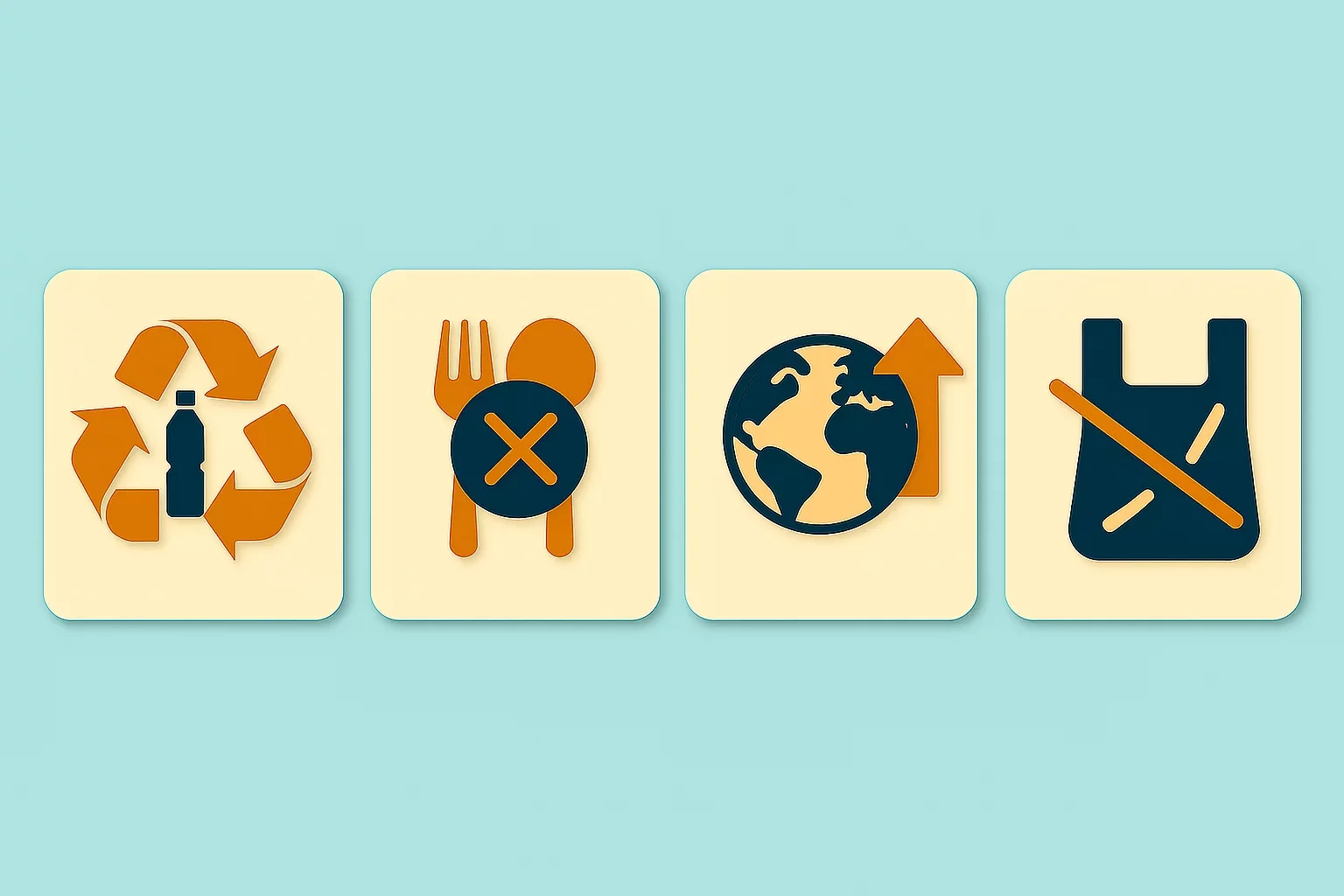
Europe’s Plastic Fiscal Shift: Why Italy’s Plastic Tax Now Starts in 2027
🕝 December 3, 2025
The Decline of Low-Value Import Exemptions: Closing Gaps in Cross-Border E-Commerce
🕝 November 20, 2025More News from United Kingdom
Get real-time updates and developments from around the world, keeping you informed and prepared.
-e9lcpxl5nq.webp)

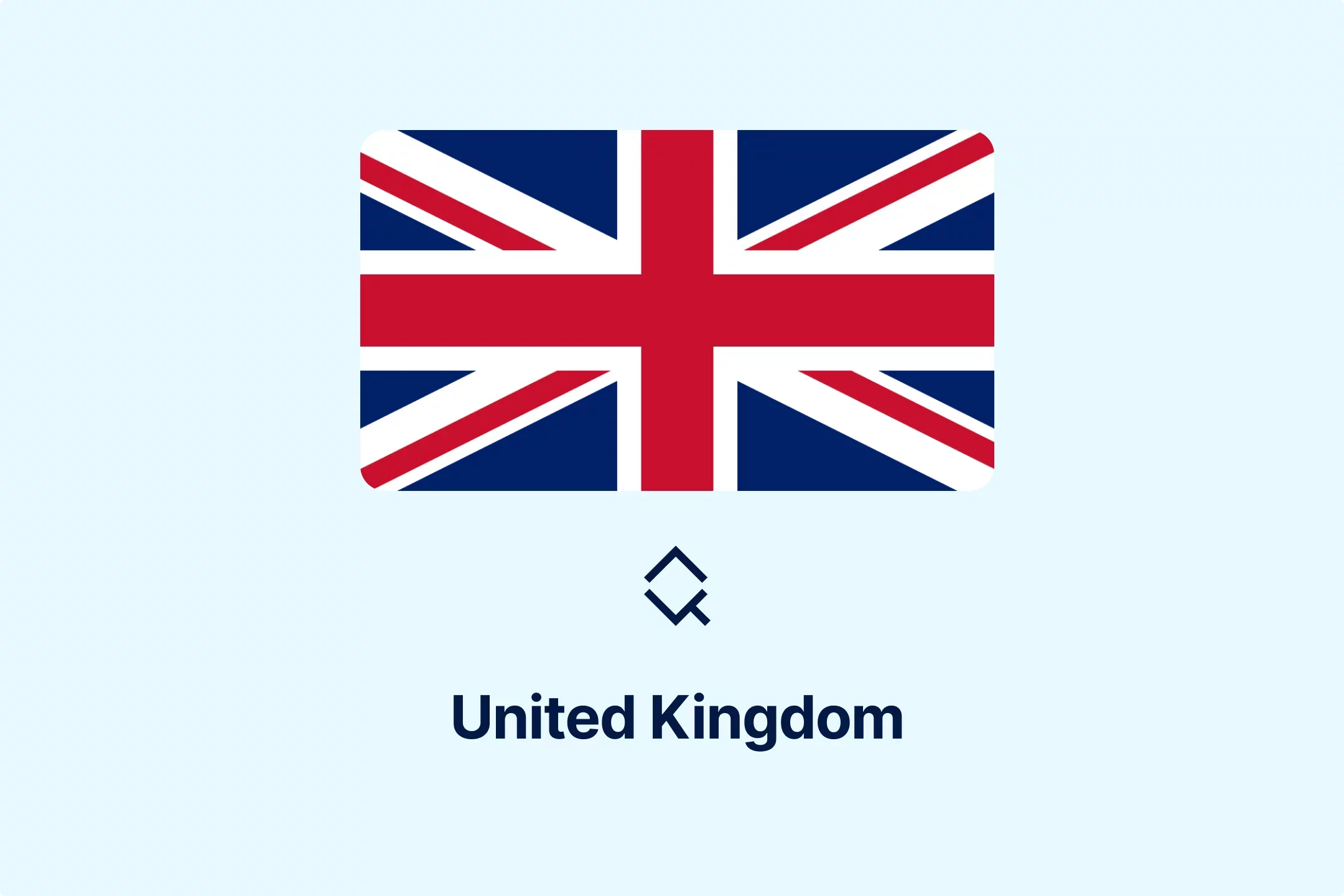

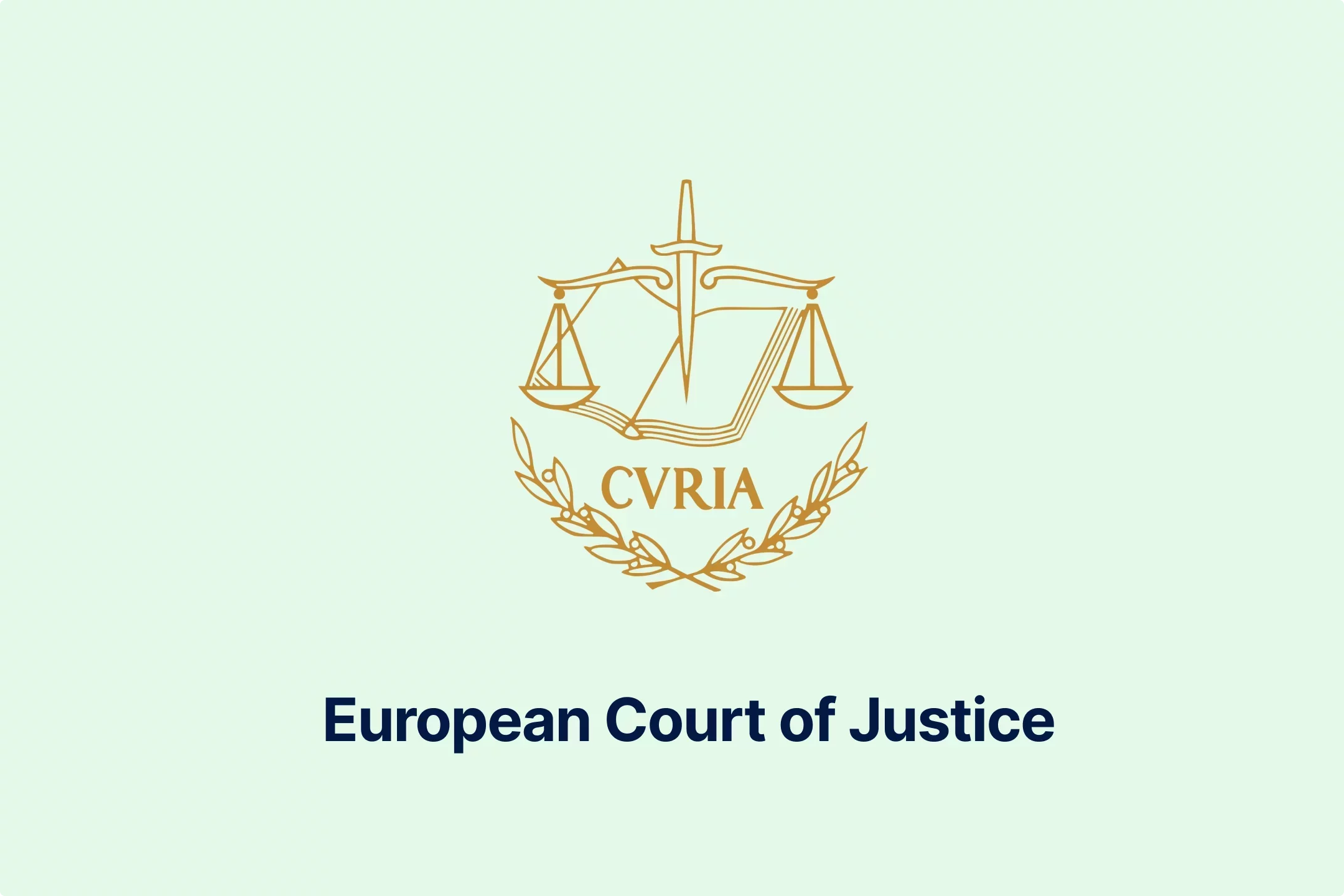
-lwb5qpsily.webp)
-qzsah2ifqx.webp)
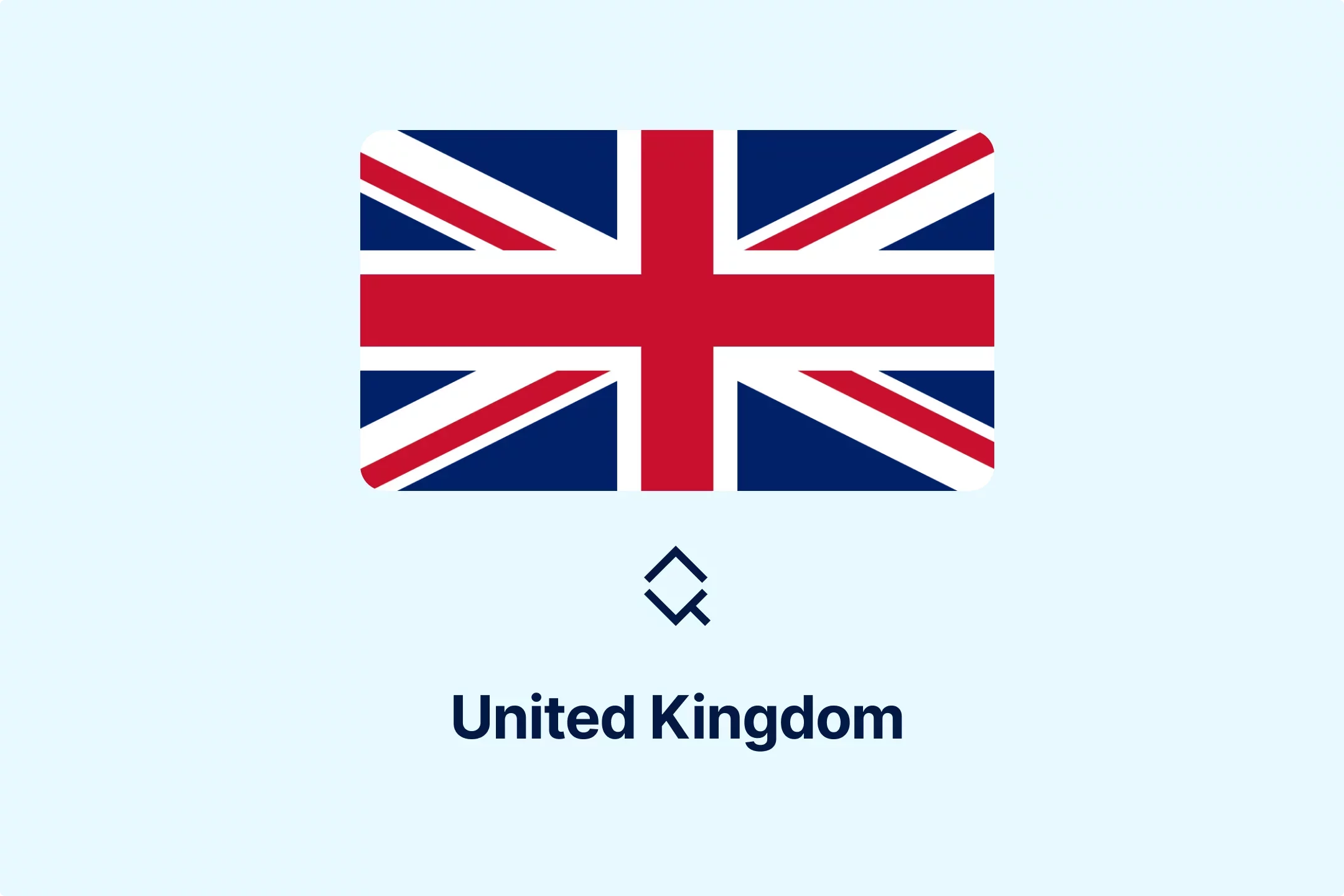
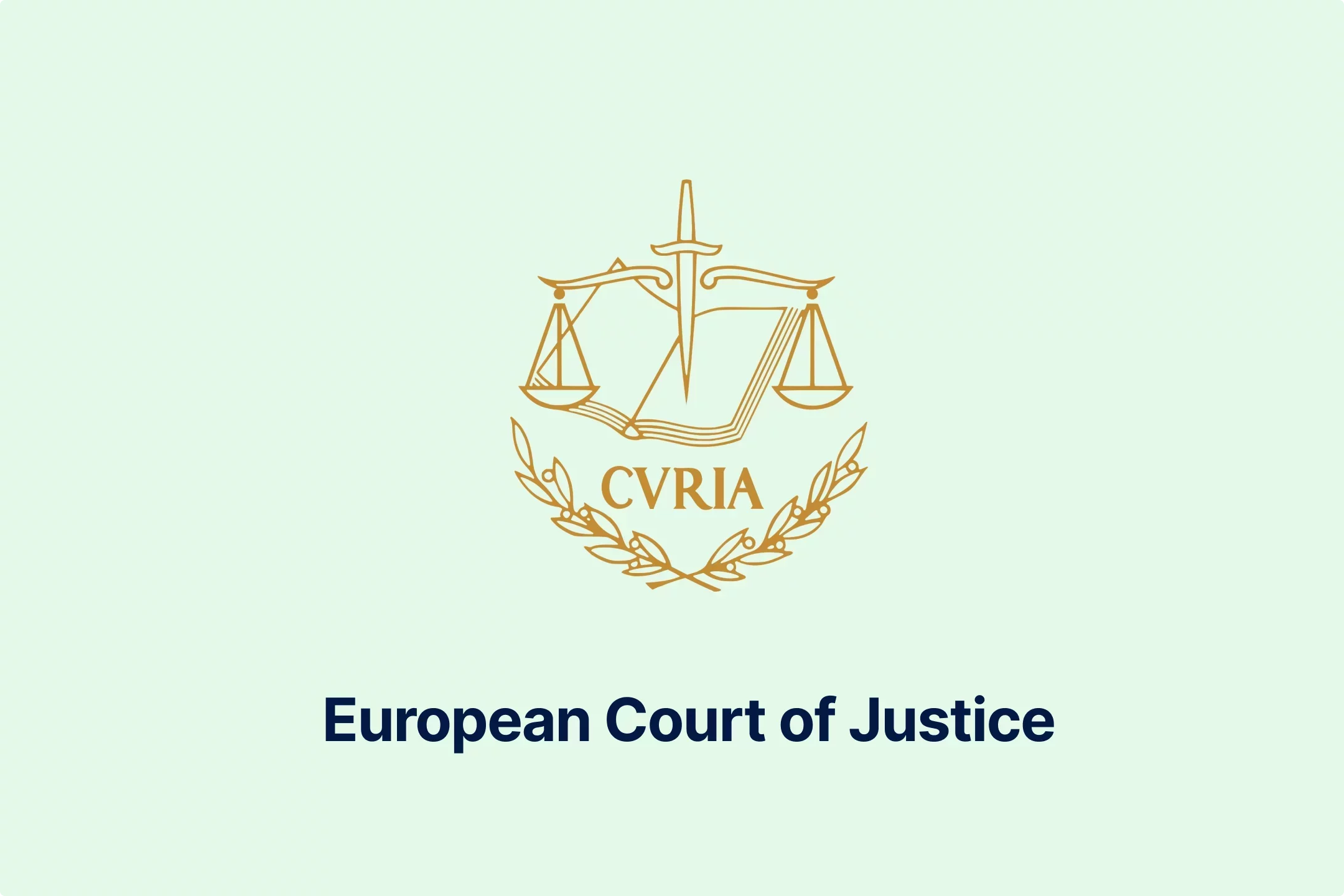
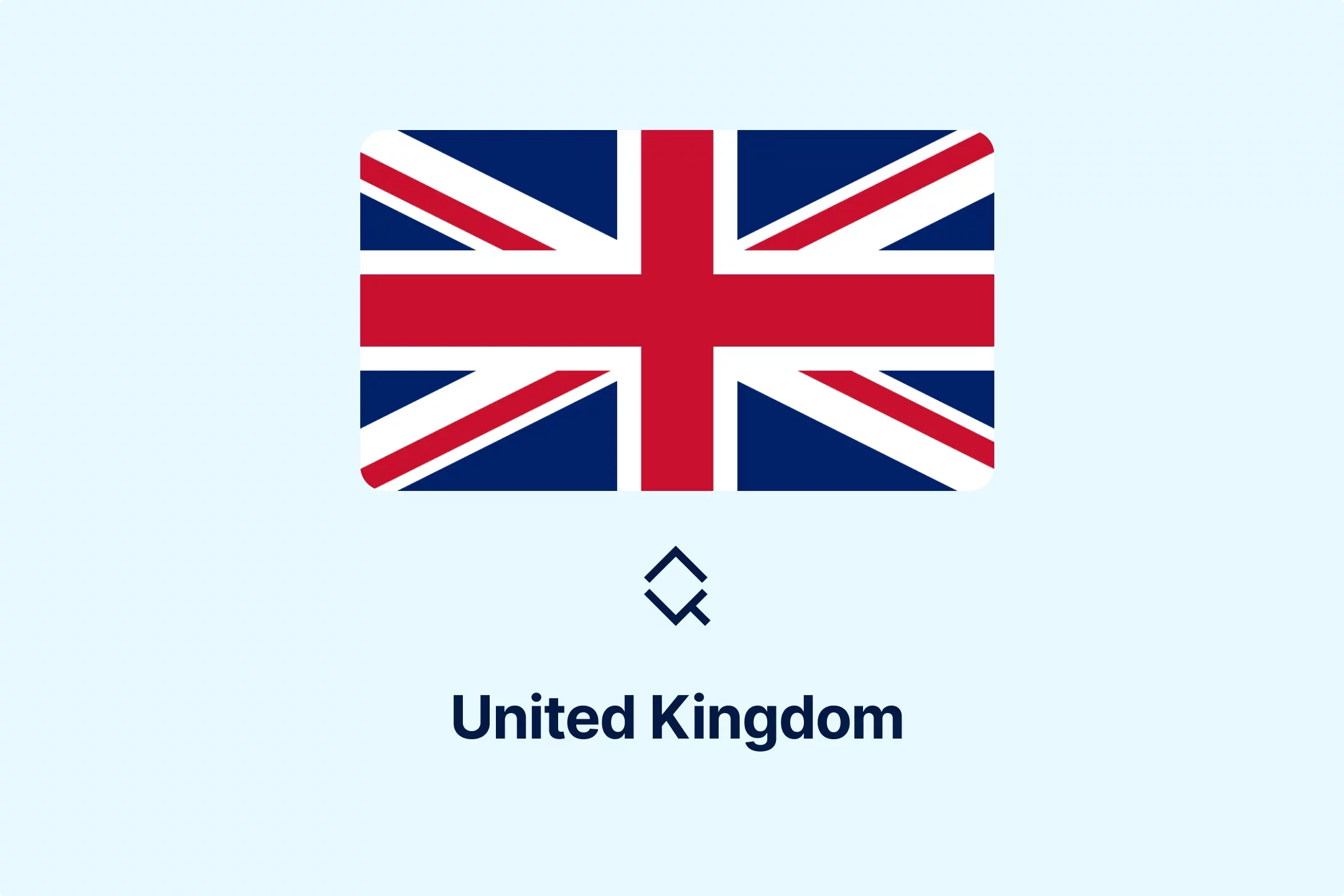
-subxdamdj6.webp)
-gkduqhwbzh.webp)





-m2tl8crfqr.webp)

-xla7j3cxwz.webp)
-qjopq5jplv.webp)



.png)
.png)
.png)



















